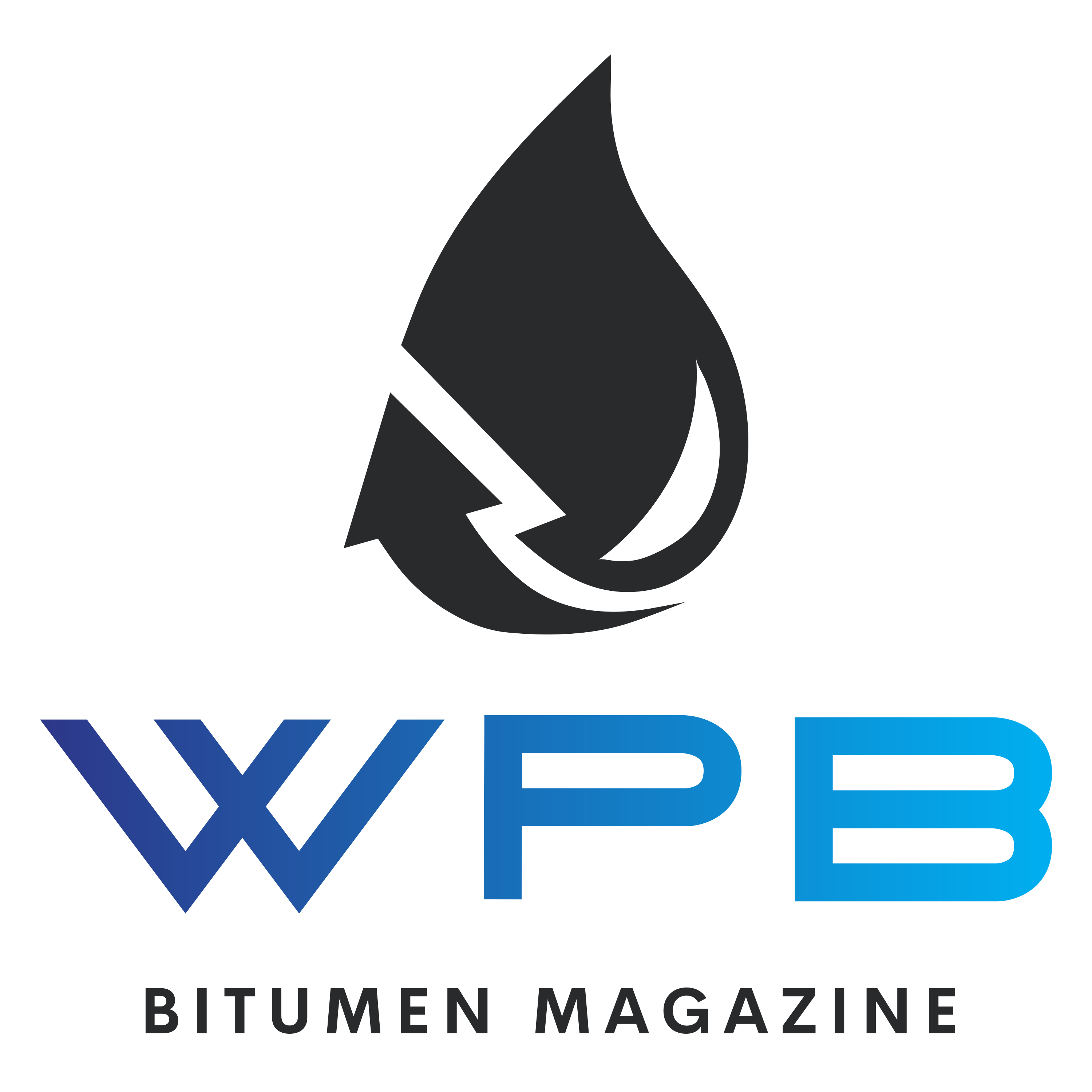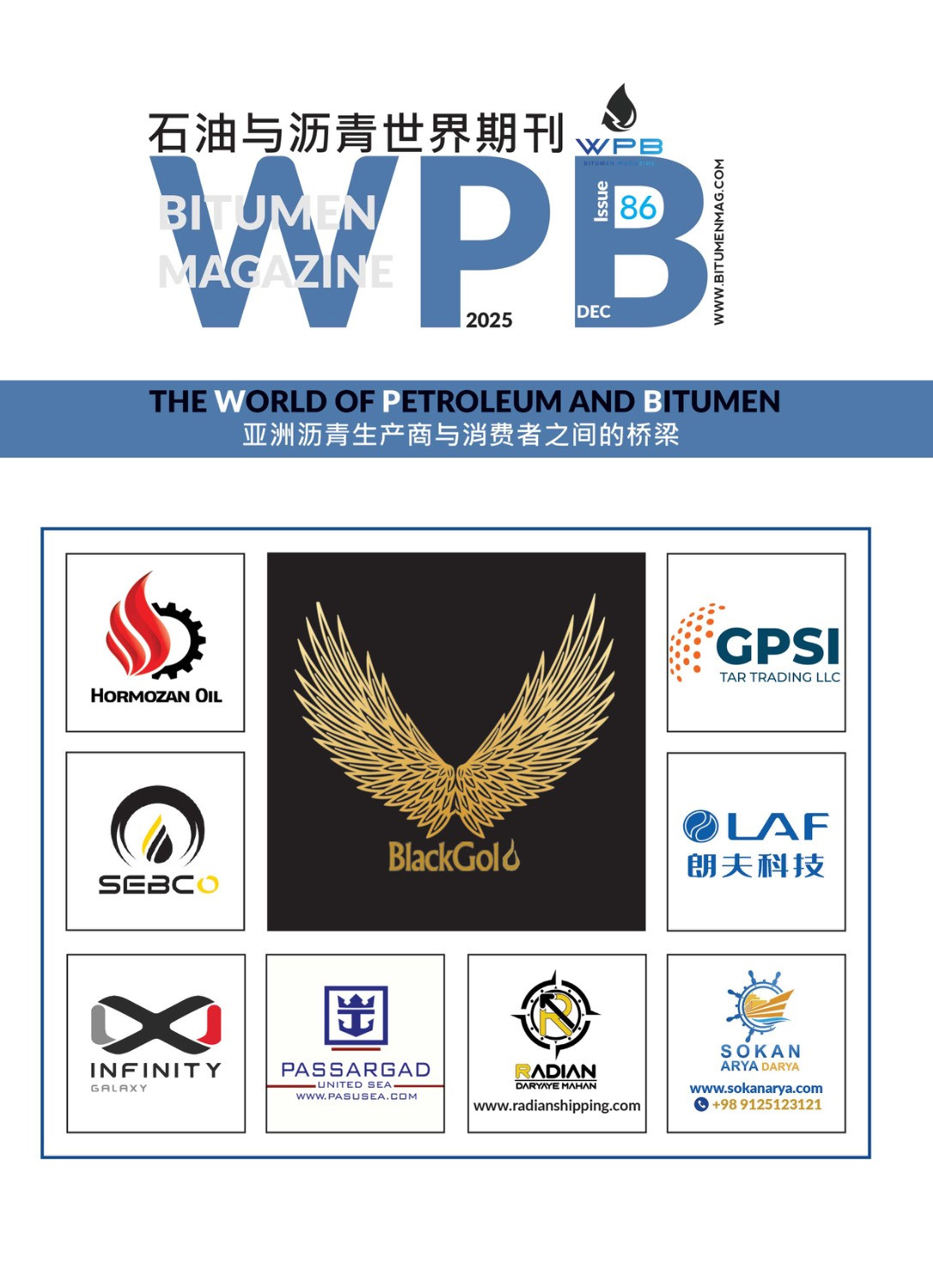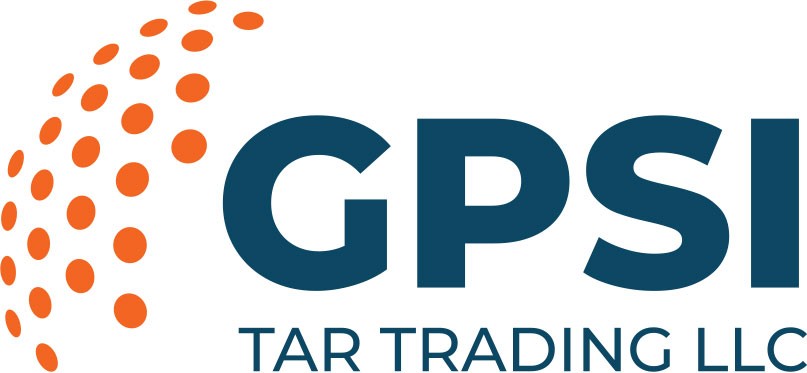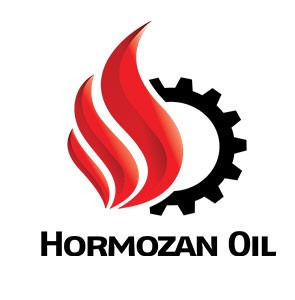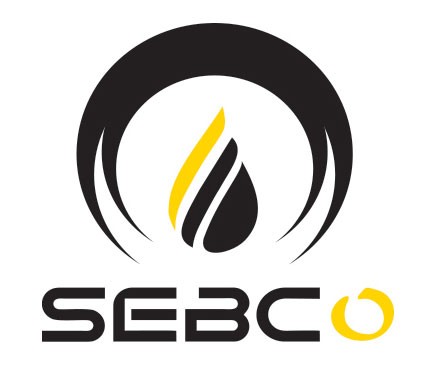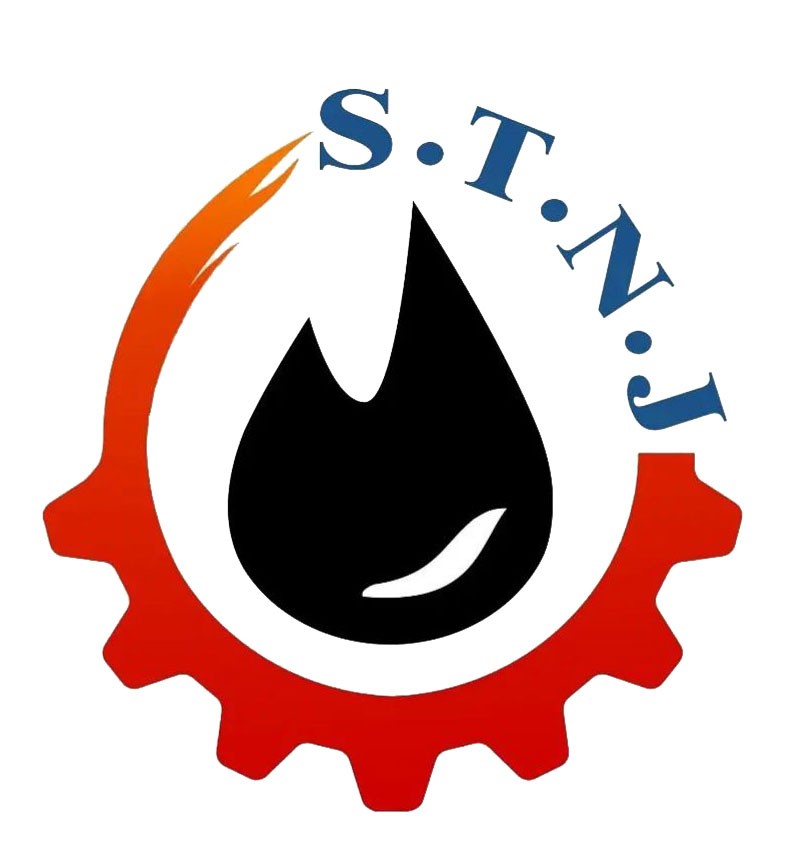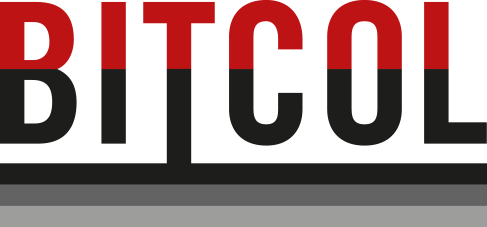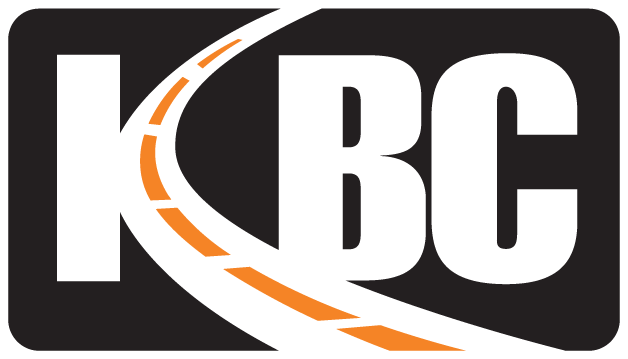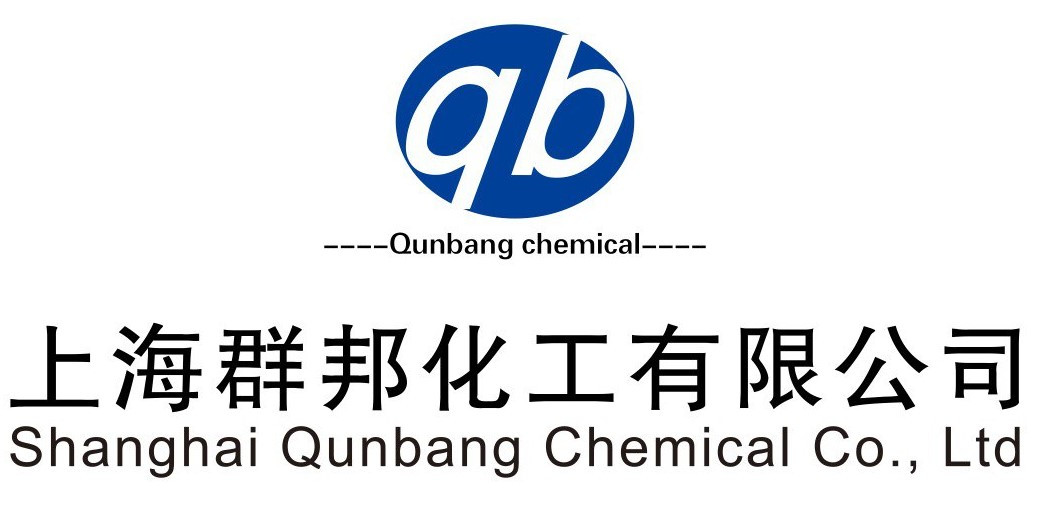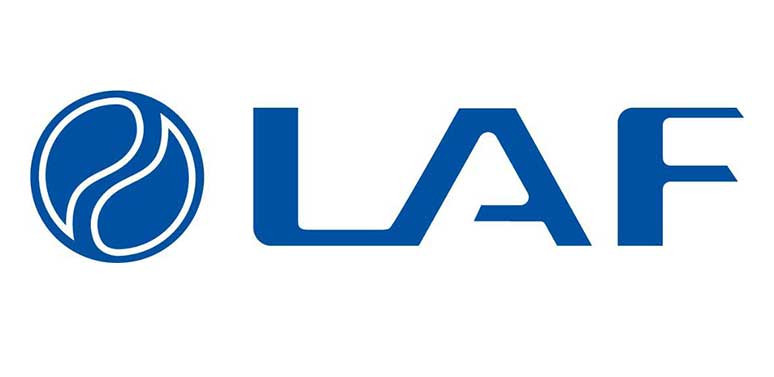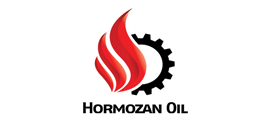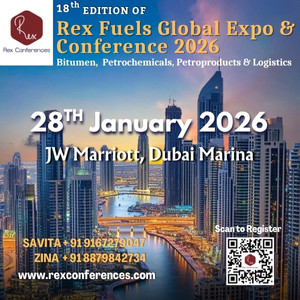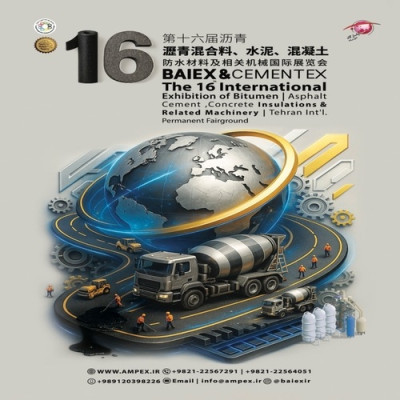Asian refineries have been forced to make changes to their buying patterns in the aftermath of Saudi Arabia’s further decline in production that has reduced access to their favorite average sour petroleum grades.
Saudi Arabia, the largest petroleum exporter in the world and one of the leaders of OPEC Plus, announced September 5 that it will extend its voluntary decline in production by one million barrels a day by the end of this year. At the same time, Russia, the second largest producer in this group, extended its petroleum production by 6,000 barrels per day for three months.
Brent oil with the base price of the global market reacted to this decision and reached $90 a barrel last week for the first time in the last 10 months. However, the main indicators of the global market are inclined to the lightweight sweet part of the crude oil spectrum, while the impact of the decline in OPEC Plus production is more tangible in the medium sour petroleum grades.
Many newer and sophisticated refineries in Asia prefer medium sour petroleum because it has higher efficiency in the production of fuel such as diesel and jet fuel, and less export from Saudi Arabia and several other Middle Eastern producers such as Kuwait and the United Arab Emirates has put them in a difficult position to supply the feedstock they need. As a result, the price of these grades has increased more than the price indicators of lightweight sweet petroleum.
The higher price of medium petroleum grades has affected the flow of petroleum trade worldwide. For example, India, the second largest petroleum importer in Asia, has turned to Russian Ural petroleum instead of buying more expensive petroleum grades in the Middle East. As a result of Western sanctions on Moscow, Russian Ural petroleum is highly reduced to other petroleum grades, but the discount has declined dramatically in recent weeks. The reason is that Indian refineries barely supply medium sour petroleum such as Ural and have no choice but to pay more for this Russian petroleum grade.
According to statistics collected by Kepler, India’s import from Iraq in July was 29.17 million barrels, the highest monthly import since the beginning of this year, but in August, it fell to 26.43 million barrels and in September it will decrease to about 24.63 million barrels.
China has also changed its buying patterns and has increased imports from other suppliers outside the OPEC Plus group.
According to the report, it is difficult to evaluate the amount of petroleum imports from Iran to China due to lack of official purchase statistics, but Kepler estimates that China’s imports from Iran in September reach 28.7 million barrels which is the highest amount of import since April 2019 and twice the amount of import observed in most months of the year.
China has also increased imports from the United States, and Kepler expects to import 3.5 million barrels of petroleum in September and increase imports in October to 17.25 million barrels.
China’s imports from Brazil in September also reach 29.07 million barrels, the highest in the last three years.
According to Reuters, efforts to buy petroleum cheaper than other producers except the OPEC Plus group may reduce import costs, but sometimes cause optimal use of refineries, and as a result, lighter fuel such as gasoline and naphtha and less diesel and jet fuel are produced.
